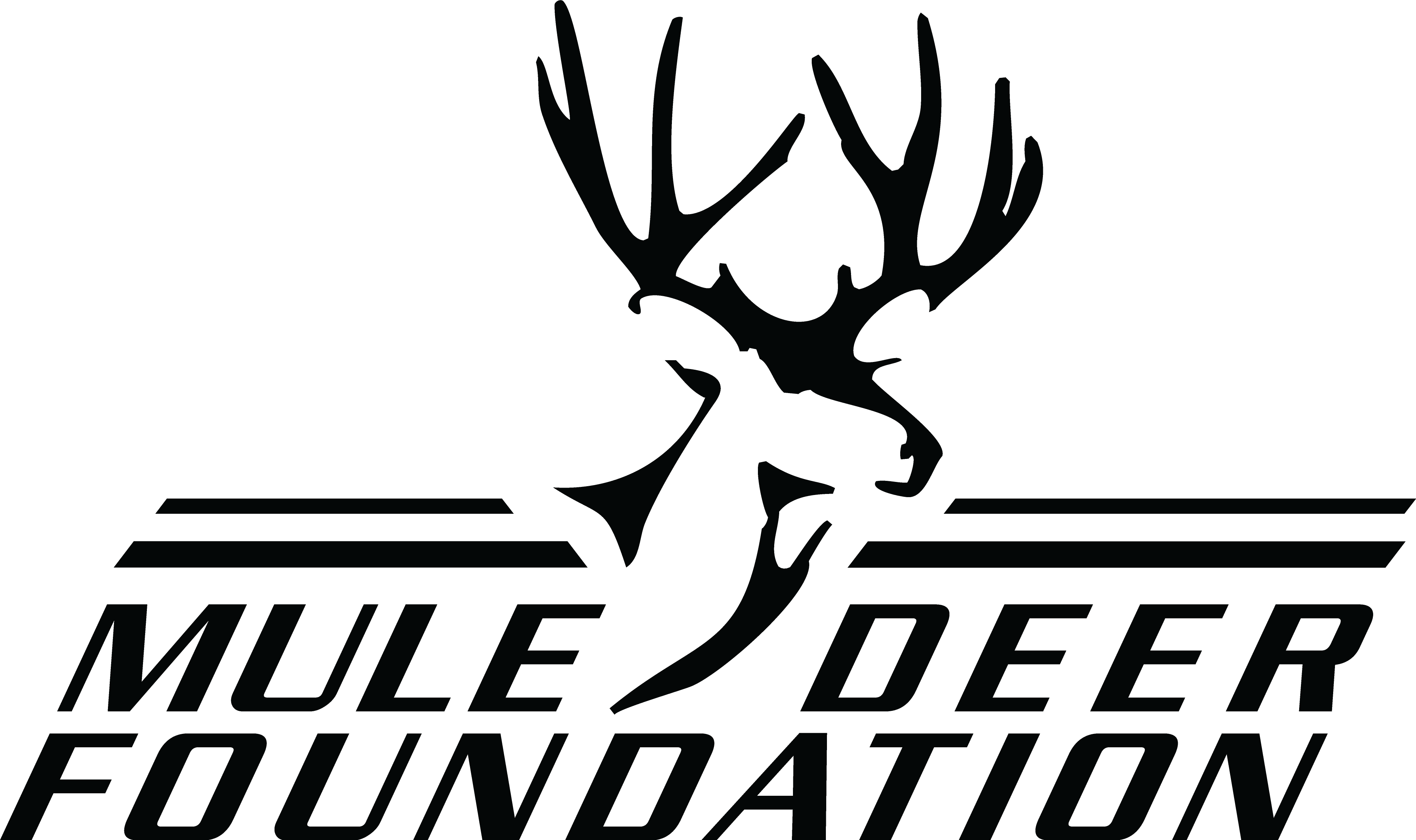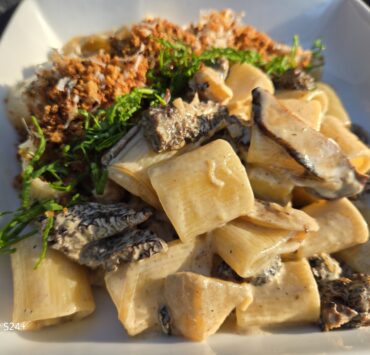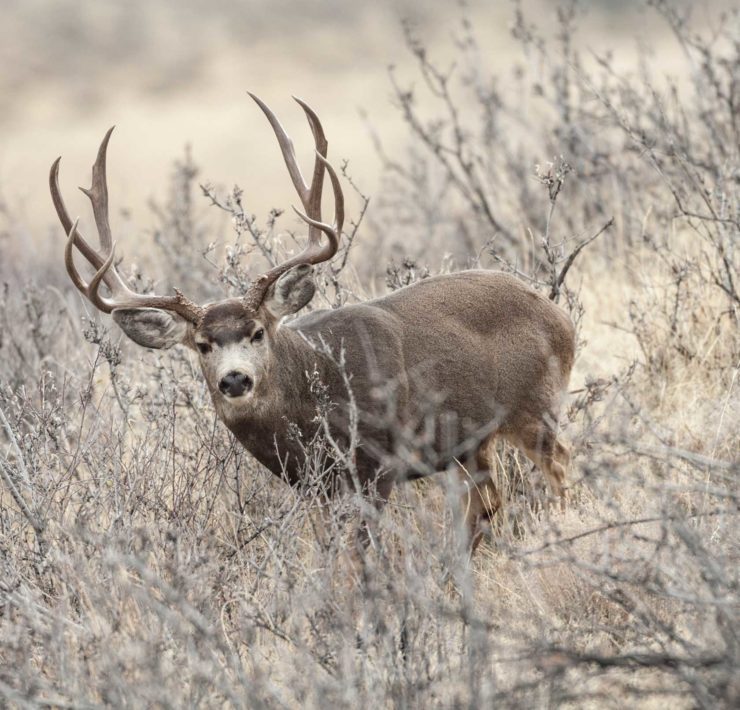An Introduction to Mushroom Hunting
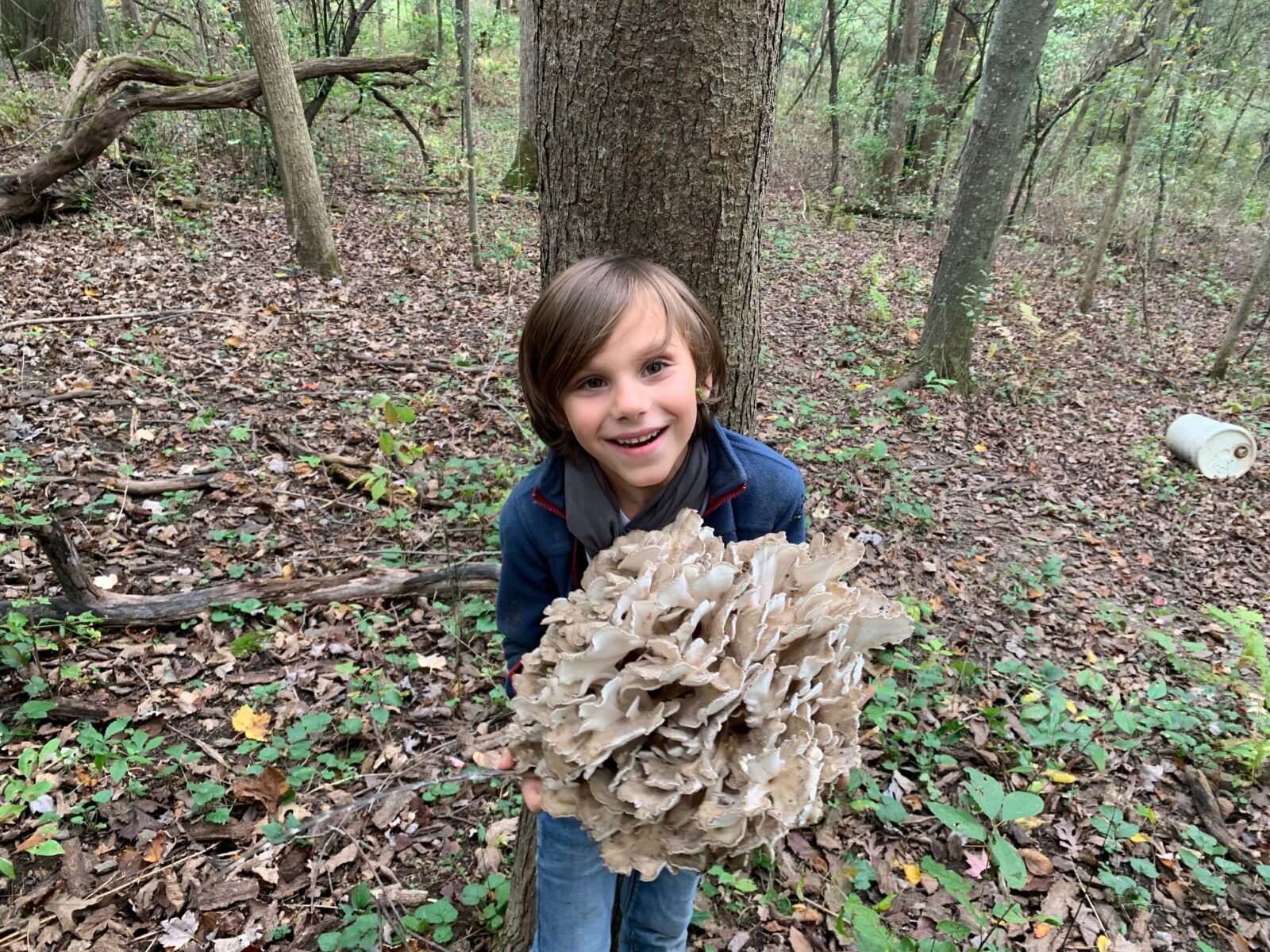
BY: Chris Gavin
Mushrooms are at once familiar and mysterious. Anyone who spends time outdoors is sooner or later going to run into these fruiting bodies of fungi. For many, mushrooms need no introduction. Childhood storybooks with pictures of toadstools colored bright red with flecks of white are familiar to all. Perhaps equally common are the experiences of a hiker or hunter coming across a mushroom in the woods. Most folks, without any special training, can tell with a reasonably high degree of accuracy if they are looking at a mushroom rather than a plant, and yet I’d venture to guess that many would be hard-pressed to name more than a handful of species. With thousands of species of mushroom-producing fungi in any given location, even someone fortunate enough to have been raised by family or friends to properly identify and cook morel or chanterelle mushrooms is likely to encounter unknown mushrooms regularly. It’s hard to imagine that anyone reading this hasn’t experienced, perhaps repeatedly and recently, a run-in with a wild mushroom that left them wondering, “Can I eat this?” or “Is this poisonous?”
“All fungi are edible. Some fungi are only edible once.” To many experienced mushroom hunters, this Terry Pratchett quote is a tired online cliché; to others, it is a witty observation, but it does hit on one of the biggest obstacles facing anyone interested in collecting and consuming mushrooms in the wild: fear of poisoning. This is an understandable concern. Death remains at the top of the list of unpopular pastimes. Proper identification is the number one priority for anyone collecting mushrooms to eat, whether they have just started or have been doing this for years. Here, a good book (or, better still, several good books) is key.
While several publications will have hundreds of species listed and are incredibly useful for those wanting to dive deeper into fungal biodiversity, they can easily overwhelm the novice who has ventured into mushrooms from a strictly culinary perspective. For those just getting started, I’d recommend a book like Stan Takiela’s Start Mushrooming! Including six of the most common and easily identified wild mushrooms will give someone new to the activity enough exposure and knowledge to gather and eat their first wild mushrooms. This will give the foundational confidence to move on to the wider world of edible fungi. Another book I’d highly recommend is a regional pocket guide to edible mushrooms. While it’s a noble endeavor to learn many mushrooms from all over the country, it’s much more practical and easier to get familiar with the ones you’re likely to encounter in your geographic location. This can be accomplished, in part, by using a field guide that is specific to where you are looking for mushrooms. Another thing to remember along these lines is that even if you are familiar with one kind of mushroom, its growth, and other characteristics may differ from one place to another.
Morels are a great case in point. In the Eastern United States, many more hunters know how to look for these woodland delectables near dead and dying elm, ash, and apple trees. In the Rocky Mountain region, these mushrooms often grow on pines and are abundant after a forest fire. Morels will arise in the spring when soil temperatures approach 53F in both cases. I’d be remiss if I didn’t point out that the downside to any book that focuses on edible mushrooms is that it will omit non-edible species. Those will include the vast majority of mushrooms you’re likely to encounter. As with so many other areas of life, knowing what you don’t know and how you personally handle the unknown will be essential. Are you the type who will squint at the facts until they conform to what you’re hoping for? Are you the type of person who needs 99.99% proof that you’re right about something before moving forward? While that’s a safer headspace to hang out in, the learning process becomes painfully slow. Fortunately, most of us occupy some position in between.
Mushroom identification is a game of familiarity. In this way, learning your mushrooms is no different than getting to know people in a community. If you have had the good fortune of going out picking morels with a family member growing up, you’ll already be able to identify at least that mushroom. Maybe you’ve heard there are “look-alike” mushrooms, one edible, the other poisonous. There is always a way to tell mushrooms apart. When I teach mushrooming classes, I tell students that their mother could have an identical twin, but they’d still be able to tell the difference between their mother and aunt from across a crowded gymnasium in poor lighting. It’s just a matter of familiarity. To extend the “mushroom identification is just like person identification” analogy, there are distinct mushrooms, like people, that stand out, and others look similar until you get to know them better. The vast majority you just don’t know and may never get to. Your life is richer, though, for having taken the time to get to know the ones you encounter.
Aside from good guidebooks, all a mushroom hunter needs heading into the field is a good knife and a cloth bag or basket to collect. Plastic bags will often cause mushrooms to get soggy really fast, especially in warm weather, and a cloth bag or basket has the added bonus of allowing spores (the fungal equivalent to seeds) to spread as you carry on in the outdoors. I like carrying two or more cloth bags in the field. I’d love to say that the spare bags are for when the first overfills with morels, but I typically put mushrooms that I already know and plan to eat in one bag and ones that I want to take home to identify in the other. As with any form of hunting and gathering, it is incumbent upon the person harvesting to ensure they do so safely, legally, and ethically. Proper identification and preparation will cover most safety concerns. Ensuring you can access and harvest mushrooms where you collect them should be sufficient to stay on the right side of the law.
Regarding the ethical and sustainable aspects of your harvest, it is worth noting that mushrooms are the fruiting body of a larger, complex fungal organism largely out-of-sight, living within adjacent plants, soils, and decaying matter. You could no more “overharvest” a mushroom than you could apples from an orchard. The organism isn’t harmed by your taking of the mushroom, and you always miss a few that will provide ample spores for future generations.
Identifying a mushroom as edible is itself a delightful experience. What you do with the mushroom afterward will depend mainly on the type of mushroom you’ve found. A select few can be eaten raw, though I don’t recommend it (more on this later). Many can be dehydrated for later use, though some species turn leathery and indigestible once dried, no matter how long they’re soaked and cooked afterward. Some freeze well, others not so much. Some, like sulfur shelves (AKA chicken-of-the-woods), maintain their firmness and meatiness after being cooked. Others, like shaggy manes, cook down like spinach. It’s a rare mushroom that retains its exact flavor and mouthfeel between fresh and preserved, so don’t be surprised if you develop preferences. For example, while I liked sulfur shelf mushrooms enough fresh from the woods cooked up in fajitas or stir fry, it wasn’t until I found a pickling recipe that it went into my top ten list. And, while I generally prefer fresh mushrooms to dried, honey mushrooms are far better to my palate after they’ve been through the food dehydrator. Of note, be sure to only consume a small amount of any mushroom that you’re trying for the first time. As with all foods, different people will have different reactions to new foods, and potential allergic reactions are always a consideration. Besides, who wants to spend hours collecting a novel edible mushroom only to take it home and find out at first bite that they don’t even like the flavor?
Fungi are a world apart from other wild foods hunters and foragers encounter. While the act of gathering wild mushrooms is in many ways similar to gathering wild plants, in terms of the quarry being stationary, proper identification being tantamount, and the equipment needed in the field consisting mainly of a good knife and a bag or basket to carry with, mushrooms are very different from plants in terms nutritional and culinary characteristics. Mushrooms often contain vitamin D and other nutrients not commonly found in plants. In the kitchen, they are best treated as meat. Though I’ve been known to occasionally enjoy venison tartare, I believe all wild mushrooms correctly identified as edible should be cooked before consumption. The reasons for this are threefold; First, many edible mushrooms are toxic before cooking, which renders them safe. Second, all mushrooms, due to their cell walls, are more digestible after cooking, rendering them more nutritious. Third, I’ve never eaten a mushroom that tasted better raw than cooked; in other words, the process renders them delicious.
When playing around with recipes for your wild harvest, looking into culinary traditions from cultures with a long history of using mushrooms in dishes is a good idea. While most, if not all, cultures made at least some use of fungi for nutrition, some have a particular reputation for utilizing mushrooms. Eastern Europe and many Asian countries are at the top of my mind in this regard. Many wild mushrooms will lend themselves to a Stroganoff dish or stir fry. Once you’ve gained experience with certain mushrooms, it is great fun to play around and make dishes for which one might not even find an online recipe, like General Tso’s Chicken-of-the-Woods.
Mushrooms are a sustainable, nutritious, delicious, and abundant food source. In many places, they are free for the picking, with the only real investment being the time spent learning about and harvesting them. The only thing standing between you and a veritable cornucopia of wild food is the enjoyable adventure of getting outside and more familiar with the fascinating kingdom of fungi. Enjoy!
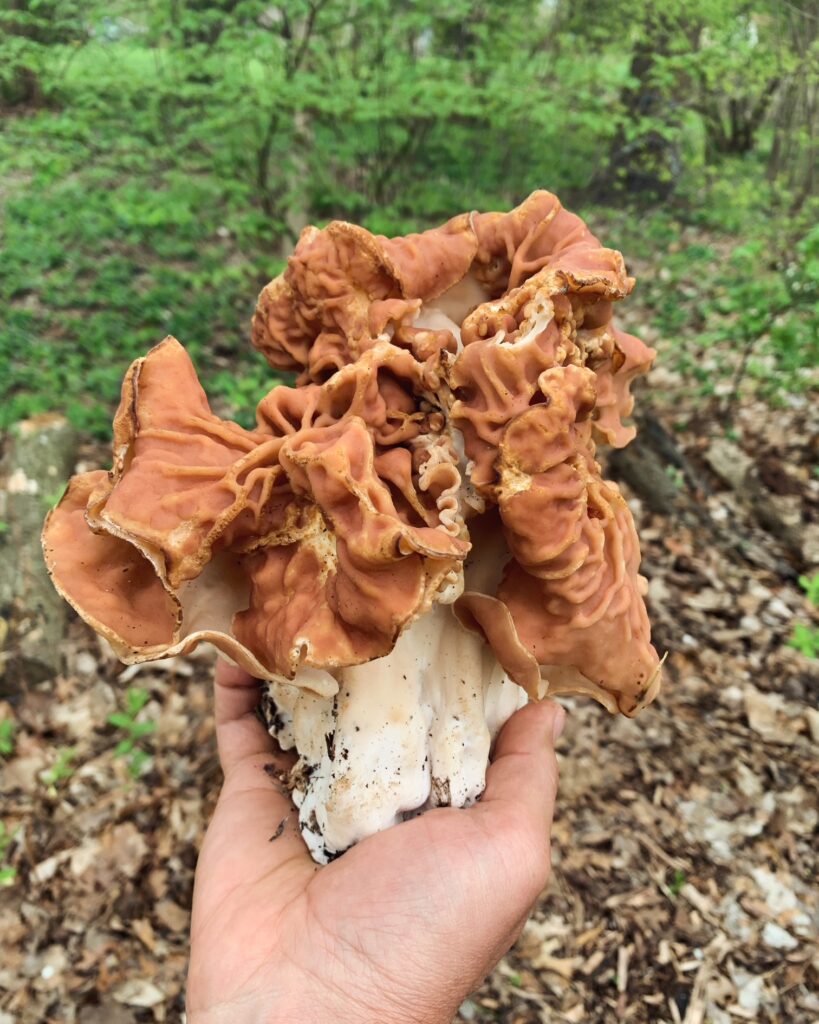
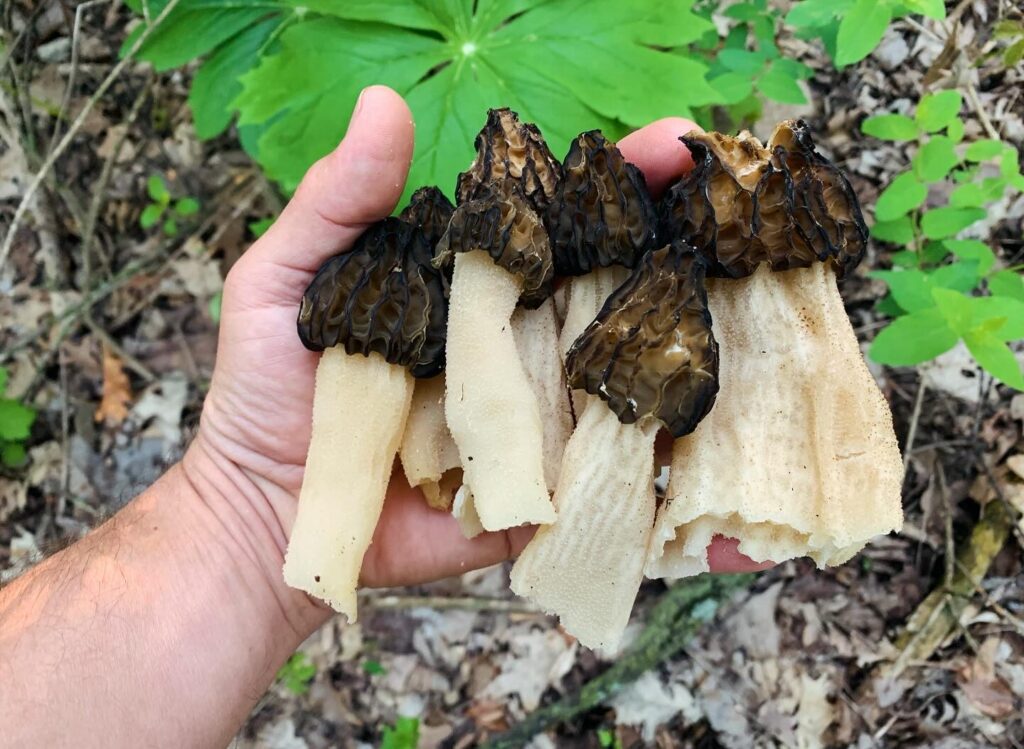
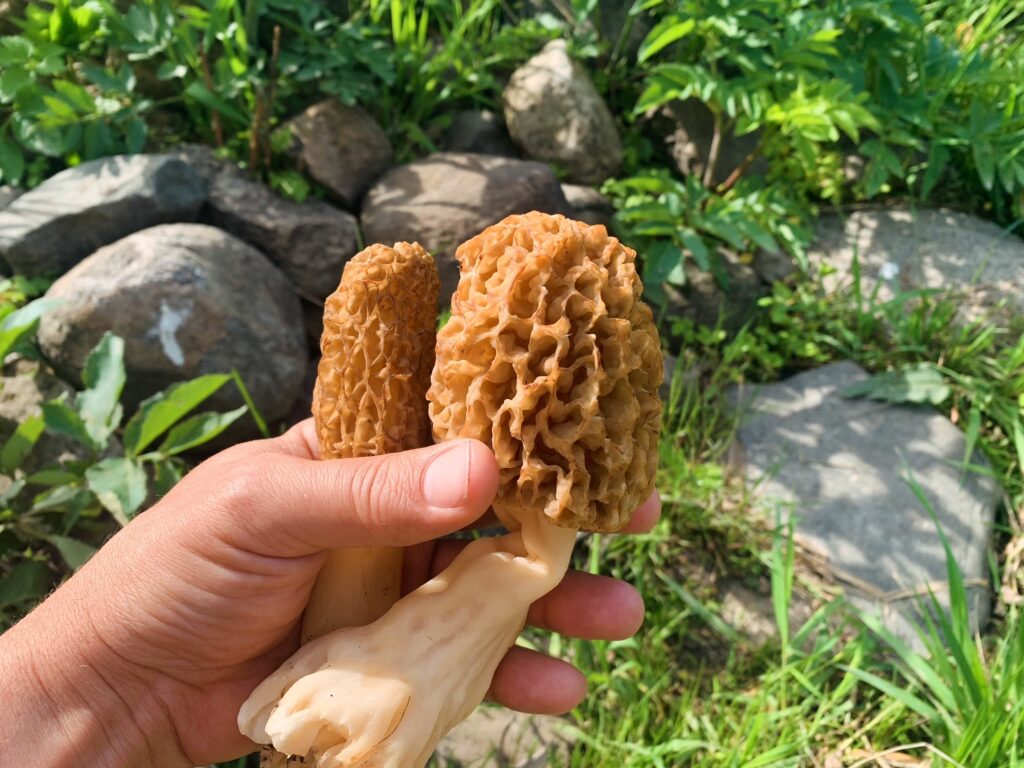
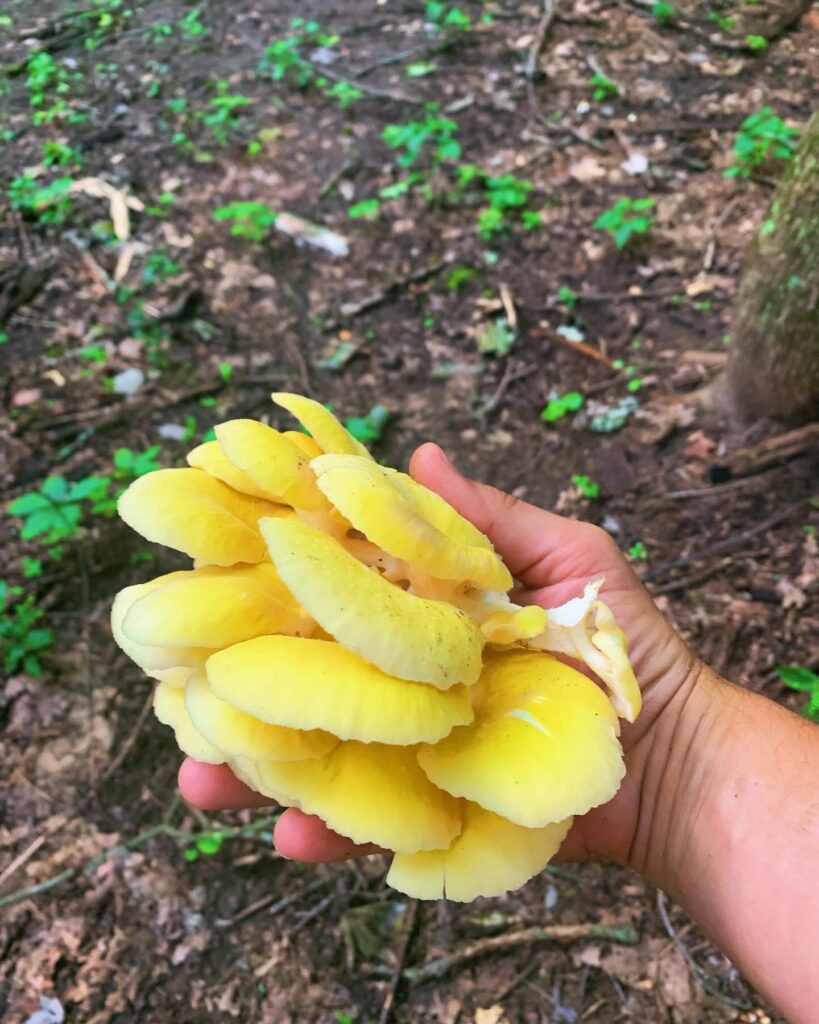
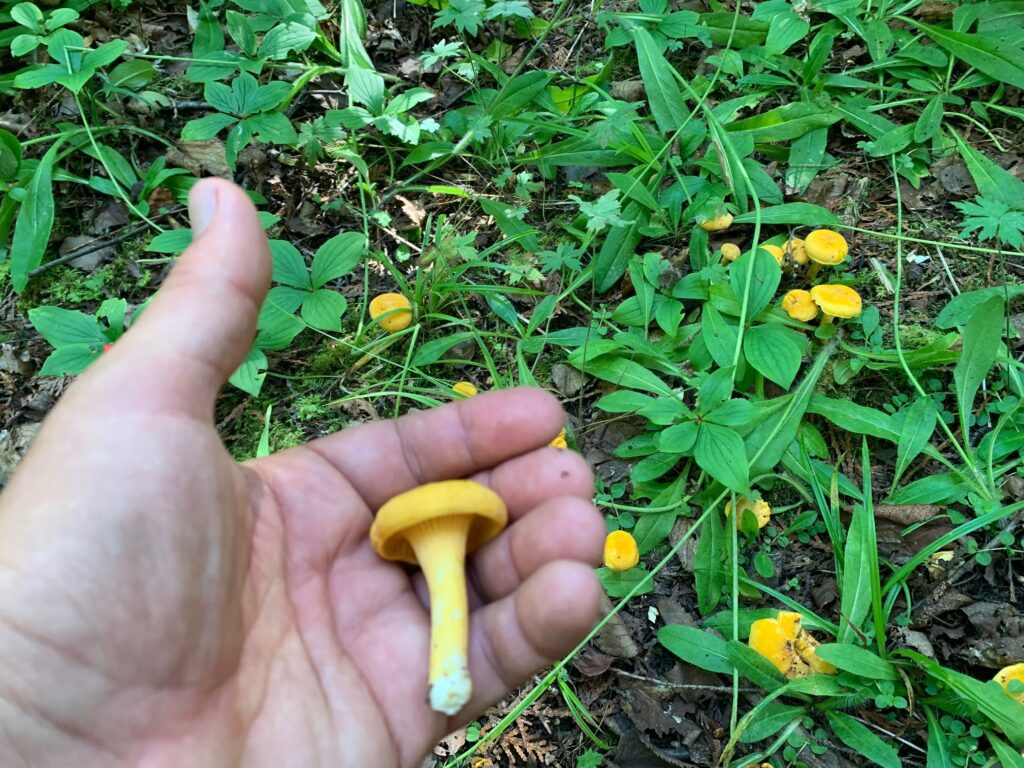
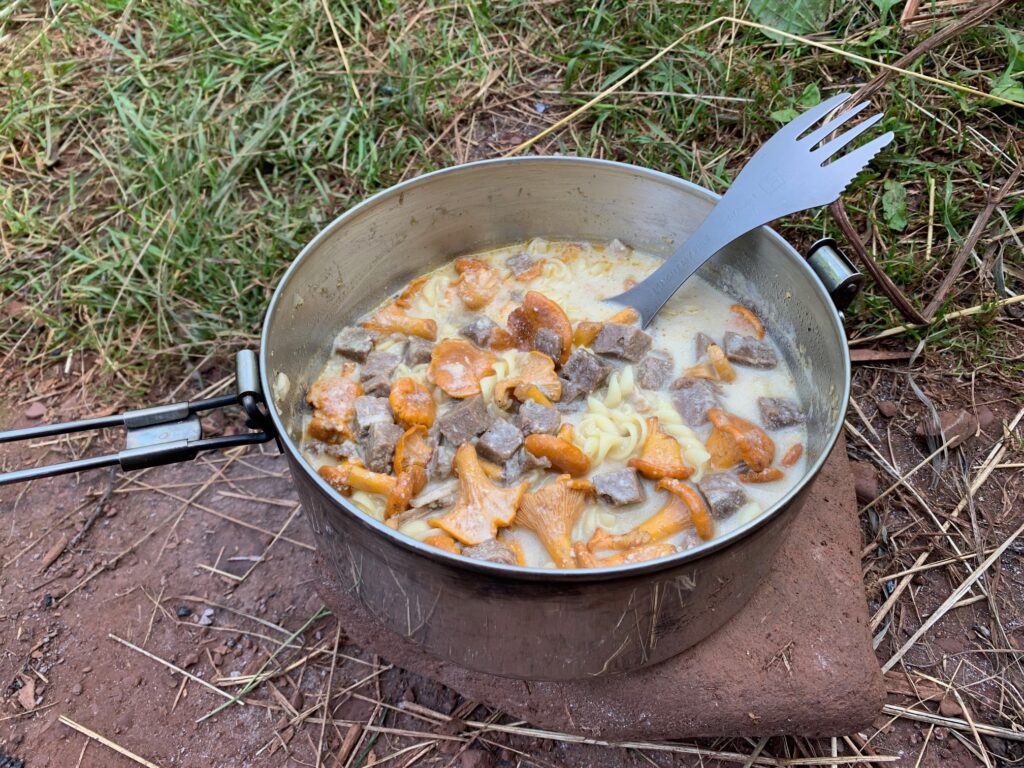
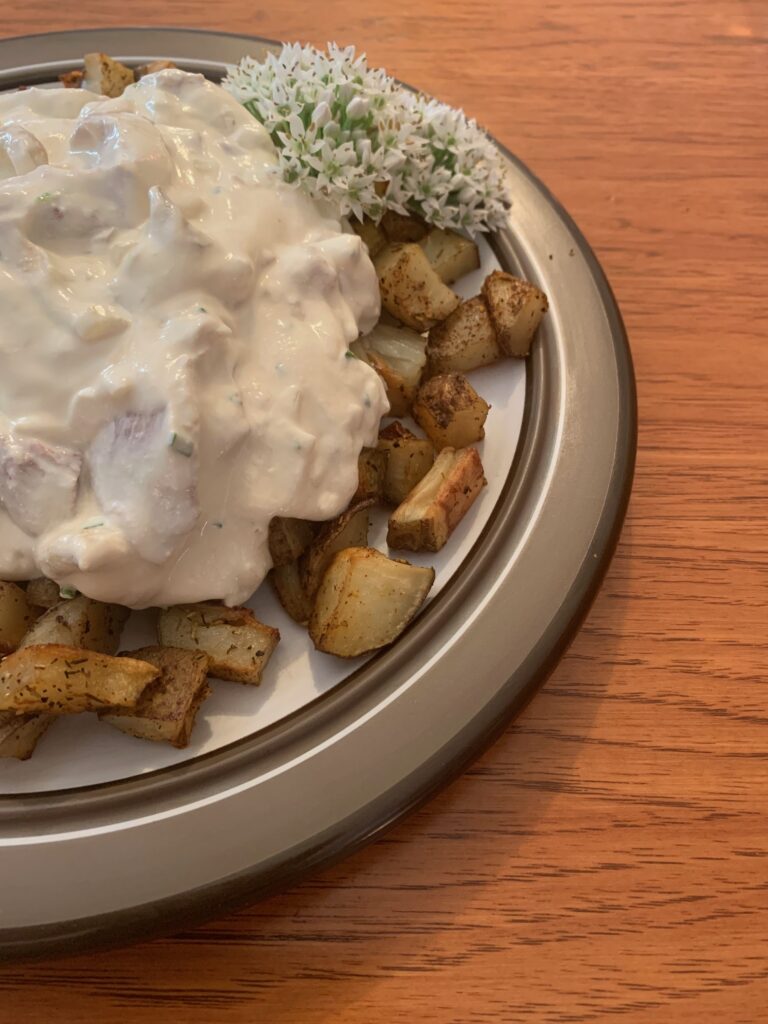
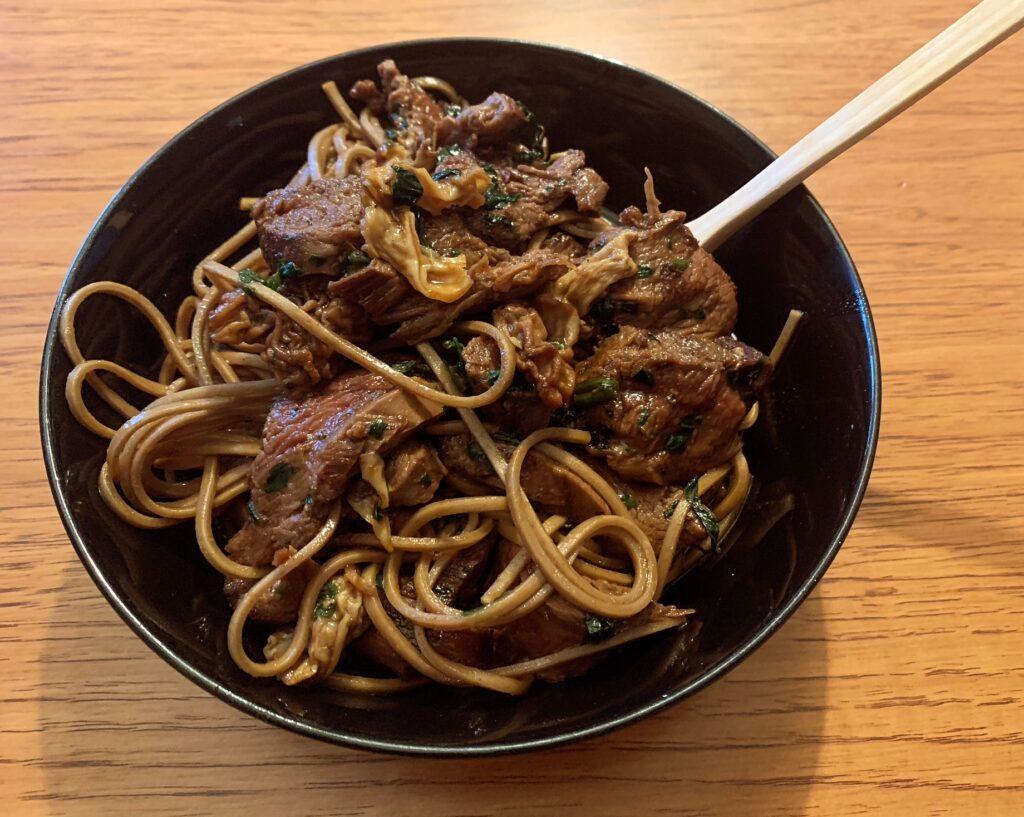

Good Luck!
Good luck this Spring and remember to send any success pictures or stories from the field to [email protected]. You could be featured on our website or in our magazine. If this article or any of our articles have helped you become a better hunter or conservation steward, become a member of the Mule Deer Foundation or Blacktail Deer Foundation for only $35 dollars a year. Click here to join: https://muledeer.org/product-category/membership/
Chris Gavin
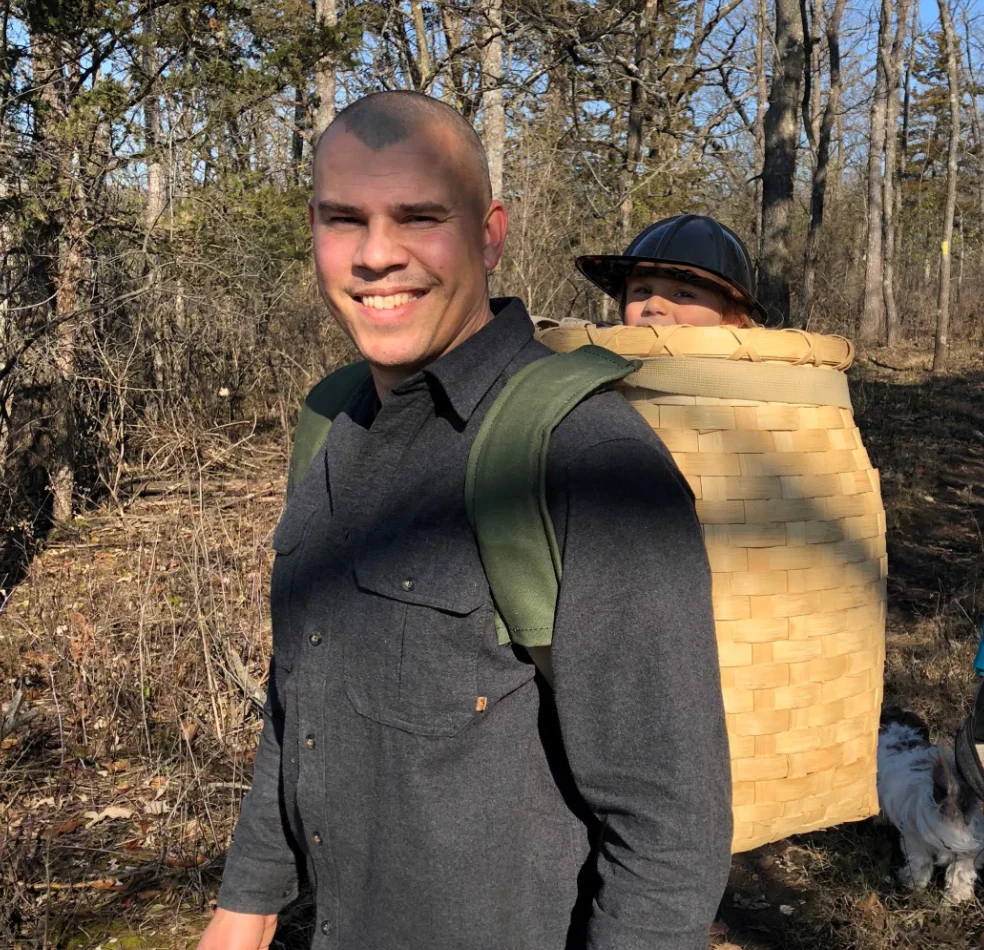
Chris is a passionate hunter-gatherer, Master Naturalist, wild food enthusiast, nature guide, husband and dad. If you have taken one of Chris’s trainings or workshops, you’ll know what we mean by passionate. Through his enterprise Eagle Outdoor Skills, Chris helps kids and adults fall in love with the natural world by teaching the empowering skills of safe navigation through wild and urban terrain; identification and sustainable harvest of wild edible plants and mushrooms from their southern Wisconsin habitats and urban landscapes; game tracking, harvest, and butchering; and ultimately, preparation of tasty gourmet meals with every sort of wild harvested ingredient. Through his trainings and workshops Chris also teaches how to preserve harvested ingredients and how to create native and edible landscaping around your home so that you, too, can be ‘awesome in the outdoors’!


